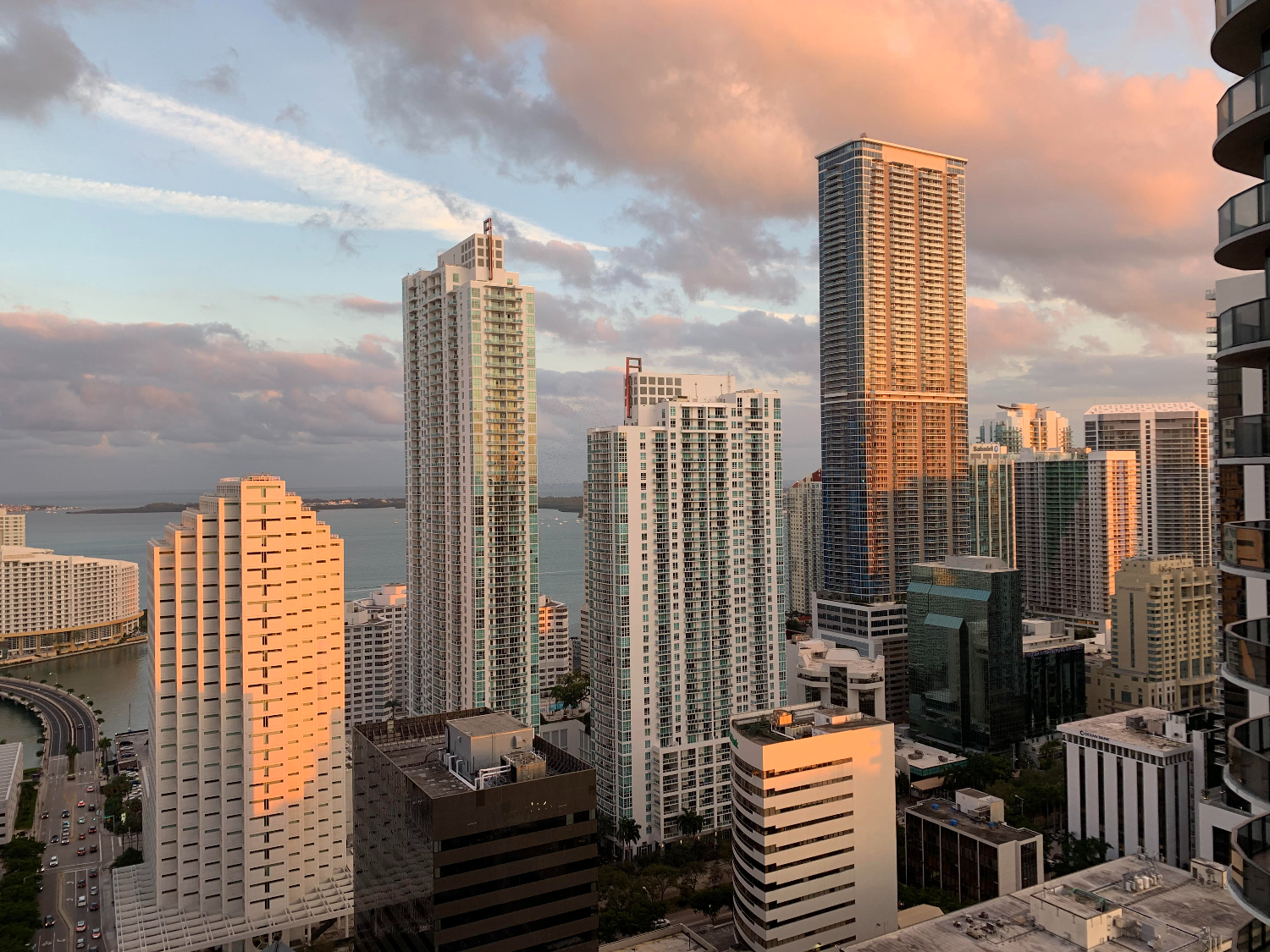Concrete Crisis: How Our Cities Are Silently Fueling Climate Catastrophe

In our modern world, human-made structures are far more than mere shelters—they are complex ecosystems that shape our daily lives. From towering skyscrapers to cozy homes, these architectural marvels provide us with essential living and working spaces, offering protection from the elements and creating environments where we thrive. However, this convenience comes with a significant environmental cost.
Buildings and infrastructure are major contributors to global carbon emissions, consuming vast amounts of energy and resources throughout their lifecycle. The construction, maintenance, and operation of these structures generate substantial greenhouse gases, challenging our efforts to combat climate change. As we continue to expand and develop our urban landscapes, we must critically examine the environmental impact of our architectural choices.
The future demands innovative solutions that balance human needs with ecological sustainability. By embracing green building technologies, energy-efficient designs, and sustainable materials, we can transform our structures from environmental burdens into powerful tools for reducing our carbon footprint and creating a more resilient planet.
